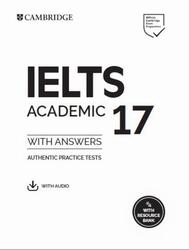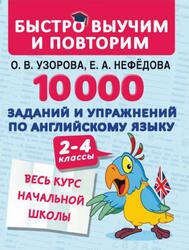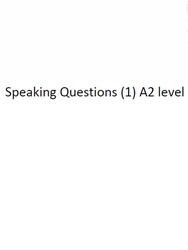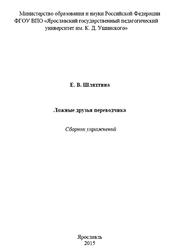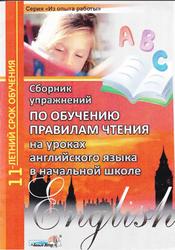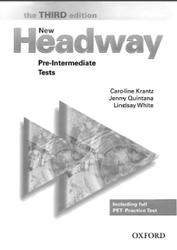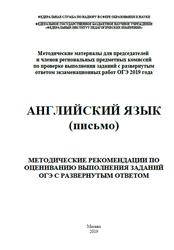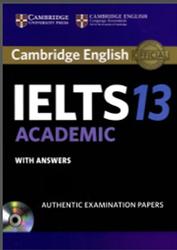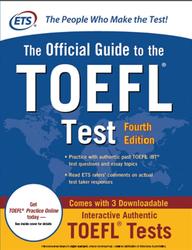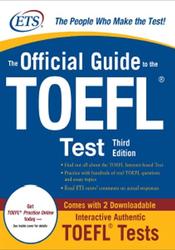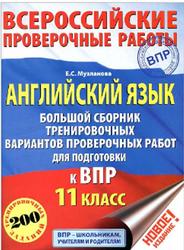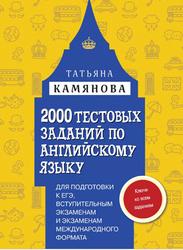This Official Guide has been created to help English language learners understand the TOEFL® test and prepare for it. By preparing for the test, you will also be building the skills you need to succeed in an academic setting and go anywhere in your career and in life.
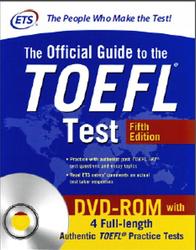
APPLIED ARTS AND FINE ARTS.
Although we now tend to refer to the various crafts according to the materials used to construct them — clay, glass, wood, fiber, and metal — it was once common to think of crafts in terms of function, which led to their being known as the "applied arts." Approaching crafts from the point of view of function, we can divide them into simple categories: containers, shelters, and supports. There is no way around the fact that containers, shelters, and supports must be functional. The applied arts are thus bound by the laws of physics, which pertain to both the materials used in their making and the substances and things to be contained, supported, and sheltered. These laws are universal in their application, regardless of cultural beliefs, geography, or climate. If a pot has no bottom or has large openings in its sides, it could hardly be considered a container in any traditional sense. Since the laws of physics, not some arbitrary decision, have determined the general form of applied-art objects, they follow basic patterns, so much so that functional forms can vary only within certain limits. Buildings without roofs, for example, are unusual because they depart from the norm. However, not all functional objects are exactly alike; that is why we recognize a Shang Dynasty vase as being different from an Inca vase. What varies is not the basic form but the incidental details that do not obstruct the object's primary function.
Sensitivity to physical laws is thus an important consideration for the maker of applied-art objects. It is often taken for granted that this is also true for the maker of fine-art objects. This assumption misses a significant difference between the two disciplines. Fine-art objects are not constrained by the laws of physics in the same way that applied-art objects are. Because their primary purpose is not functional, they are only limited in terms of the materials used to make them. Sculptures must, for example, be stable, which requires an understanding of the properties of mass, weight distribution, and stress. Paintings must have rigid stretchers so that the canvas will be taut, and the paint must not deteriorate, crack, or discolor. These are problems that must be overcome by the artist because they tend to intrude upon his or her conception of the work.
Contents.
1 About the TOEFL iBT® Test.
Getting Started.
How to Use This Book/DYD Package.
All About the TOEFL iBT Test.
Reading Section.
Listening Section.
Speaking Section.
Writing Section.
About Test Scores.
General Skill-Building Tips.
Test Preparation Tips from ETS.
Questions Frequently Asked by Test Takers.
2 Reading Section.
Reading Passages.
Reading Questions.
Basic Information and Inferencing Questions.
Reading to Learn Questions.
Strategies for Preparing for the Reading Section.
Reading Practice Sets.
Practice Set 1.
Practice Set 2.
Practice Set 3.
Practice Set 4.
Practice Set 5.
Practice Set 6.
3 Listening Section.
Listening Materials.
Listening Questions.
Basic Comprehension Questions.
Pragmatic Understanding Questions.
Connecting Information Questions.
Strategics for Preparing for and Taking the Listening Section.
Listening Practice Sets.
Practice Set 1.
Practice Set 2.
Practice Set 3.
Practice Set 4.
Practice Set 5.
4 Speaking Section.
The Speaking Section.
Speaking Questions.
Independent: Questions 1 and 2.
Integrated Reading/Lislening/Speaking: Questions 3 and 4.
Integrated Uslening/Speaking: Questions 5 and 6.
Speaking Scoring Rubrics.
Strategics for Preparing for and Taking the Speaking Section.
Frequently Asked Questions About the TOEFL Speaking Section.
5 Writing Section.
The Writing Section.
The Integrated Writing Task.
How the Task Is Phrased.
Strategics for Taking the Integrated Writing Task.
Integrated Writing Scoring Rubric.
Sample Scored Responses for the Integrated Writing Task.
The Independent Writing Task.
How Essays Are Scored.
Independent Writing Scoring Rubric.
Sample Scored Responses for the Independent Writing Task.
Independent Writing Topics.
Topic List.
6 Authentic TOEFL iBT® Practice Test 1.
Reading.
Listening.
Speaking.
Writing.
Answers, Explanations, and Listening Scripts.
7 Authentic TOEFL iBT® Practice Test 2.
Reading.
Listening.
Speaking.
Writing.
Answers, Explanations, and Listening Scripts.
8 Authentic TOEFL iBT® Practice Test 3.
Reading.
Listening.
Speaking.
Writing.
Answers, Explanations, and Listening Scripts.
9 Authentic TOEFL iBT® Practice Test 4
Reading.
Listening.
Speaking.
Writing.
Answers, Explanations, and Listening Scripts.
10 Writer’s Handbook for English Language Learners.
Grammar.
Usage.
Mechanics.
Style.
Organization and Development.
Advice to Writers.
Revising, Editing, and Proofreading.
Glossary.
Appendix: Performance Feedback for Test Takers.
Бесплатно скачать электронную книгу в удобном формате, смотреть и читать:
Скачать книгу The Official Guide to the TOEFL, Test, Fifth Edition, 2018 - fileskachat.com, быстрое и бесплатное скачивание.
Скачать pdf
Ниже можно купить эту книгу, если она есть в продаже, и похожие книги по лучшей цене со скидкой с доставкой по всей России.Купить книги
Скачать - pdf - Яндекс.Диск.
Дата публикации:
Теги: тесты по английскому языку :: английский язык
Смотрите также учебники, книги и учебные материалы:
Следующие учебники и книги:
Предыдущие статьи:

